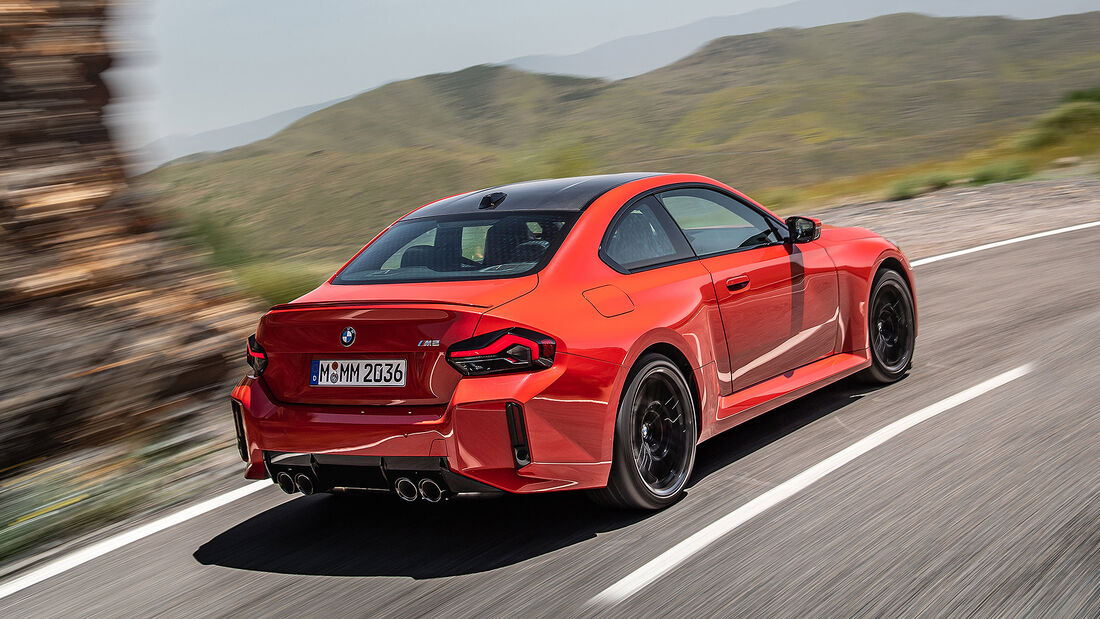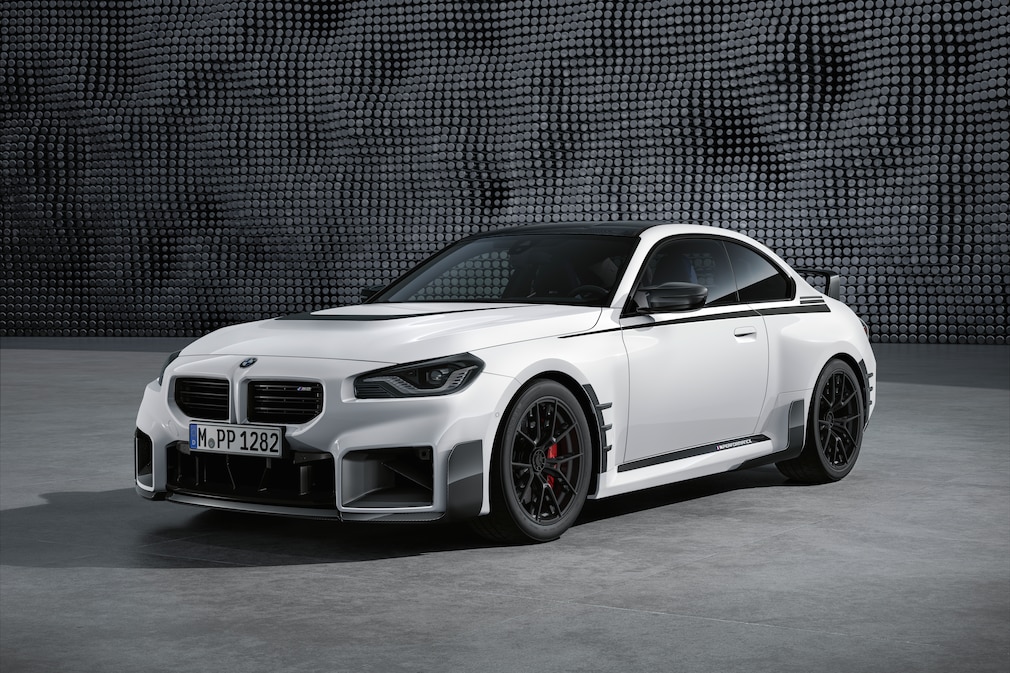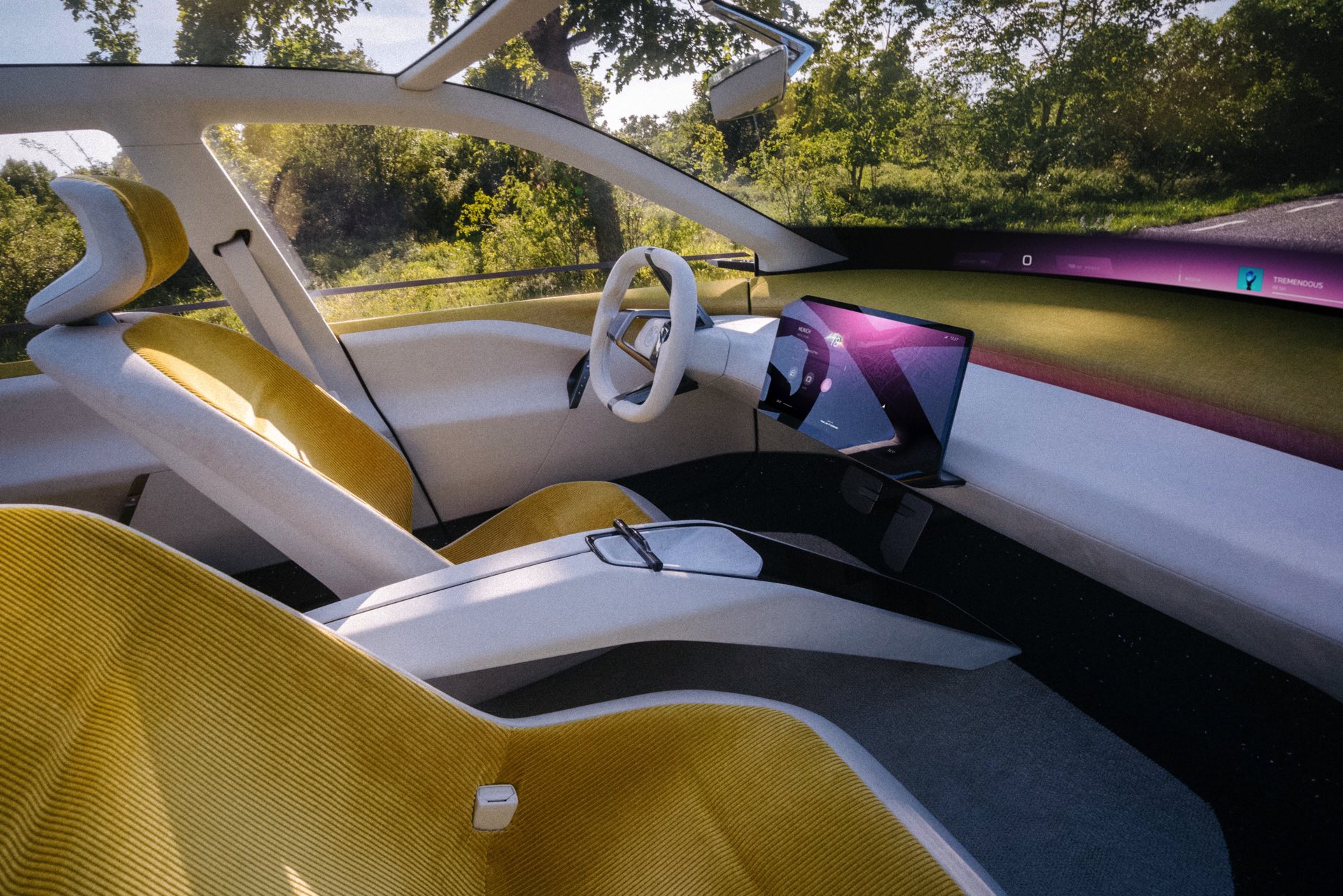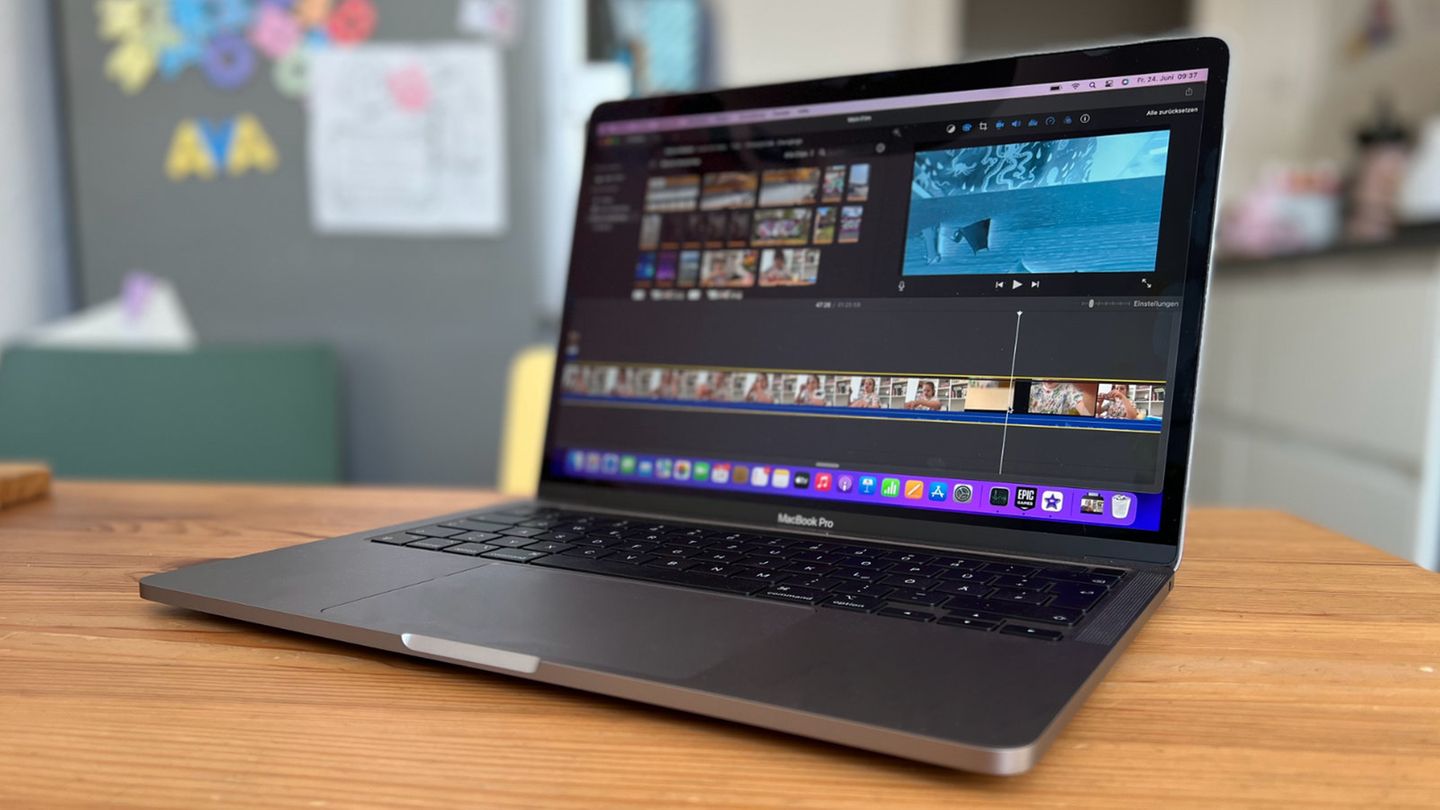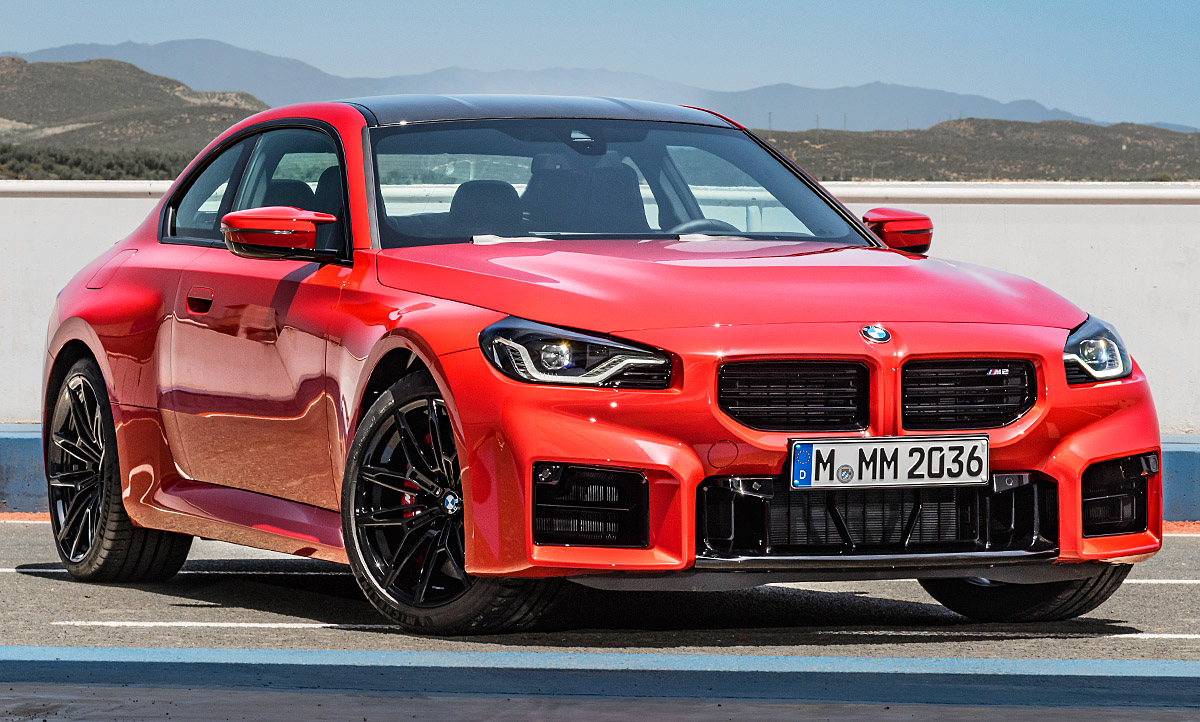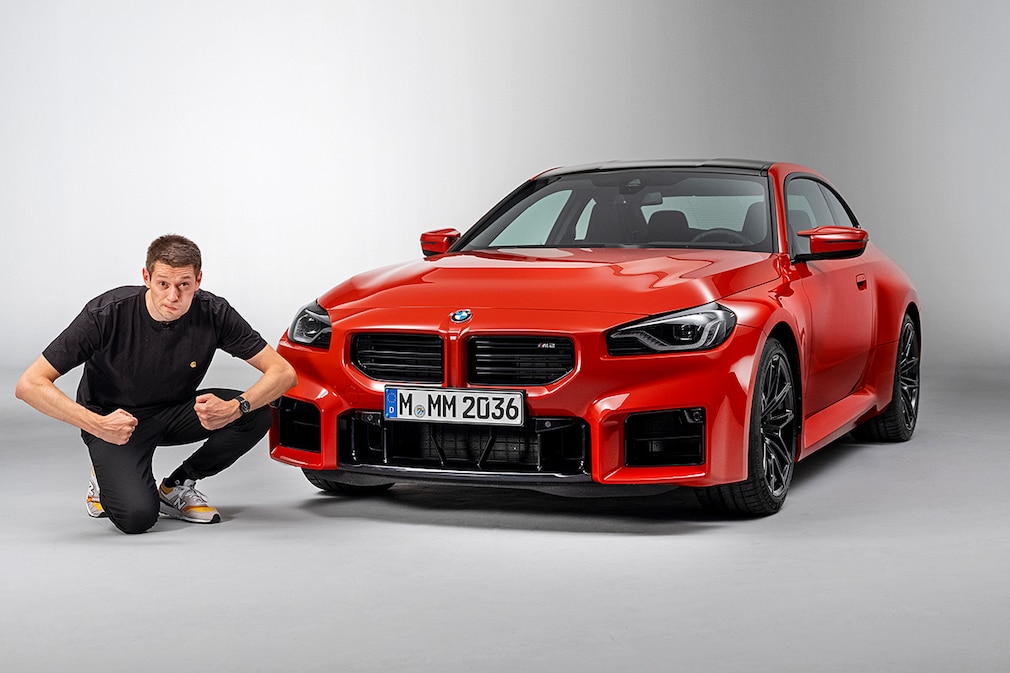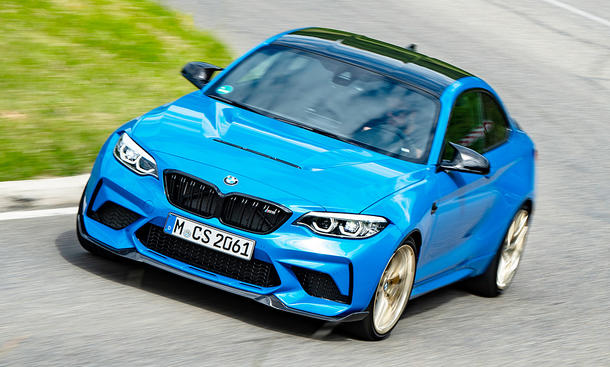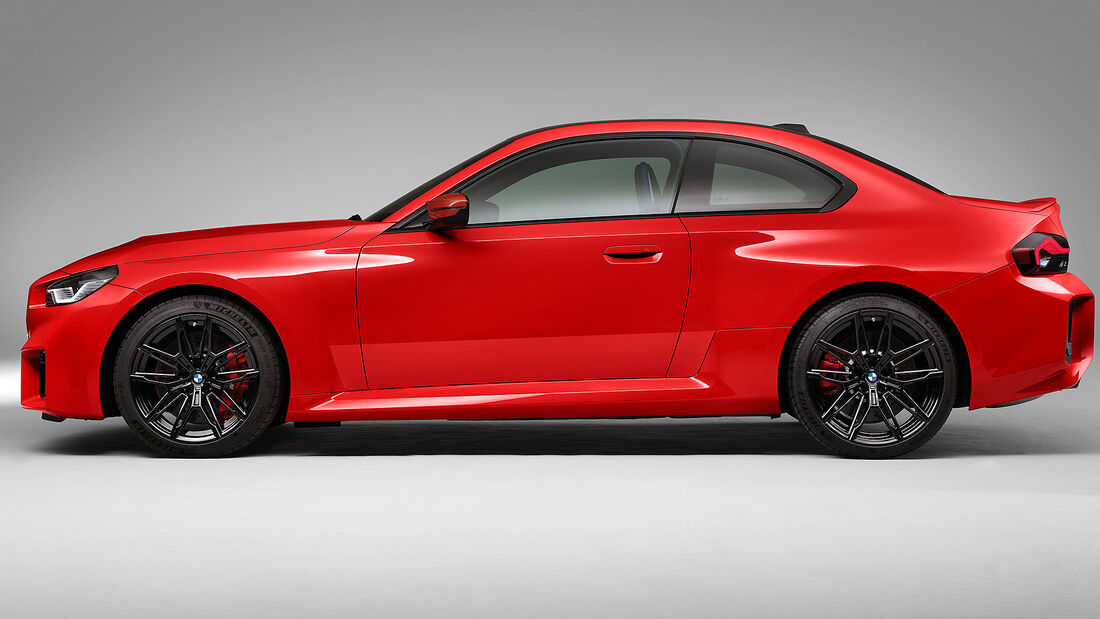
tomtoc 13-14 Zoll Schlank Laptop Tasche Hülle für 14 Zoll Neu MacBook Pro M3/M2/M1 Pro/Max A2992 A2918 A2779 A2442 2023-2021, 13-Zoll MacBook Air/Pro, Doppelfarbig Wasserabweisend Laptop Tragetasche: Amazon.de: Computer & Zubehör

tomtoc 360° Tasche Hülle für 15-Zoll Neu MacBook Air M2 A2941 2023, 15" Microsoft Surface Laptop 5/4/3, Dell XPS 15 Plus 2022-2020, 15'' MacBook Pro A1990 A1707, Laptoptasche Laptophülle Sleeve: Amazon.de: Computer & Zubehör

Laptop Hülle für Neues MacBook Air 15 Zoll Modell A2941 M2 Chip 2023 Freisetzung mit Liquid Retina Display und Touch ID, Plastik Schützend Hartschale Case Cover & Tastaturschutz, Rosa : Amazon.de: Computer

Cungko Sitzbezüge Auto Set Zubehör für BMW M2 F87 M2 CS F87 M3 E30 M3 E30 M3 E36 M3 E36 M3 E36 M3 E46 Autositzbezüge Wasserdichtes.NEU Schwarz : Amazon.de: Auto & Motorrad

tomtoc Tasche Hülle für 14 Zoll Neu MacBook Pro M3/M2/M1 Pro/Max 2023-2021 A2992 A2918 A2779 A2442, 13 Zoll MacBook Air/Pro mit Hartschale, Wasserresistent Slim Laptop Hard Case Sleeve: Amazon.de: Computer & Zubehör

EooCoo Hülle Kompatibel für NEU MacBook Air 13.6 Zoll M2 A2681 mit Touch ID, 2022 Freisetzung, Ultradünne Glatt Hartschale Schutzhülle Case, Kristall Klar : Amazon.de: Computer & Zubehör

Hülle Kompatibel mit Neues MacBook Pro 16 Zoll 2021/2023 Freisetzung A2485 A2780 M1/M2 Chip mit Touch ID, Plastik Schützend Hartschale Snap Case für Neues MacBook Pro 16 Zoll, Rosa : Amazon.de: Computer
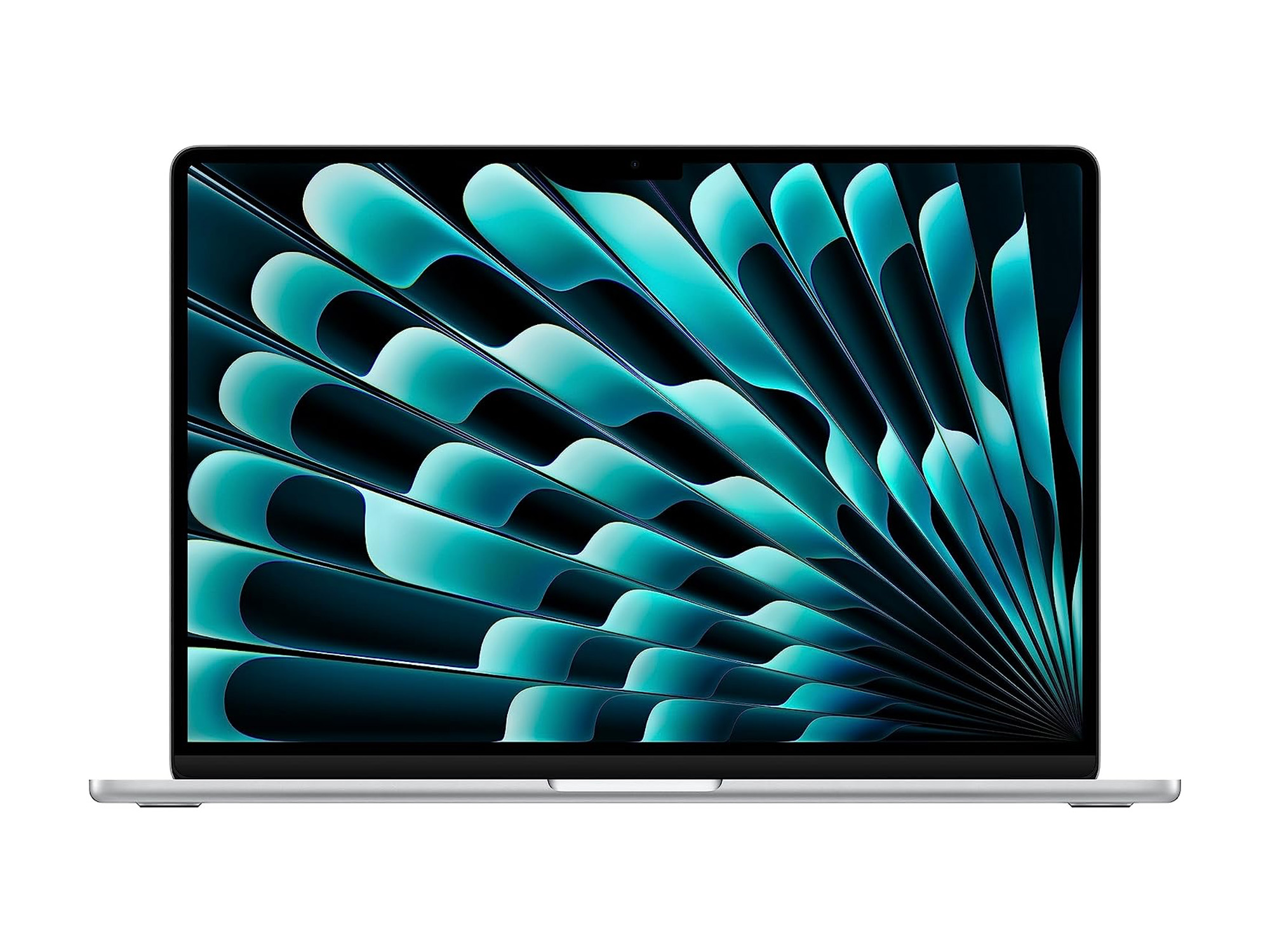
Neuer Tiefstpreis: MacBook Air 15 Zoll (2023) über 200€ günstiger als bei Apple - Notebookcheck.com News

tomtoc 360° Tasche Hülle für 15-Zoll Neu MacBook Air M2 A2941 2023, 15" Microsoft Surface Laptop 5/4/3, Dell XPS 15 Plus 2022-2020, 15'' MacBook Pro A1990 A1707, Laptoptasche Laptophülle Sleeve: Amazon.de: Computer & Zubehör

tomtoc 360° Tasche Hülle für 14-Zoll Neu MacBook Pro M3/M2/M1 Pro/Max A2992 A2918 A2779 A2442 2023-2021, Laptoptasche Schultertasche Sleeve Passt 13,5" Microsoft Surface Laptop 5/4/3: Amazon.de: Computer & Zubehör

tomtoc 360° Laptop Tasche Hülle für 15-Zoll Neu MacBook Air M2 2023 A2941, 16 Zoll MacBook Pro M2/M1 Pro/Max 2023-2019 A2780 A2485 A2141, Cordura Laptop Schultertasche: Amazon.de: Computer & Zubehör

tomtoc 360° Tasche Hülle für 16 Zoll Neu MacBook Pro M3/M2/M1 Pro/Max A2991 A2780 A2485 A2141 2023-2019, Laptoptasche Aktentasche Passt ASUS Vivobook 15/16, Dell Inspiron 15, 15" Lenovo IdeaPad Flex: Amazon.de: Fashion

Amazon Marke Diaryan Ultra Dünn Tastaturschutz Kompatibel für 2022 Neu M2/M1 MacBook Pro13 Zoll A2338 A2289 A2251 A2258 /2019 MacBook Pro16 Zoll A2141 mit Touch Bar Touch ID QWERTZ EU-Layout,TPU Klar: Amazon.de:

